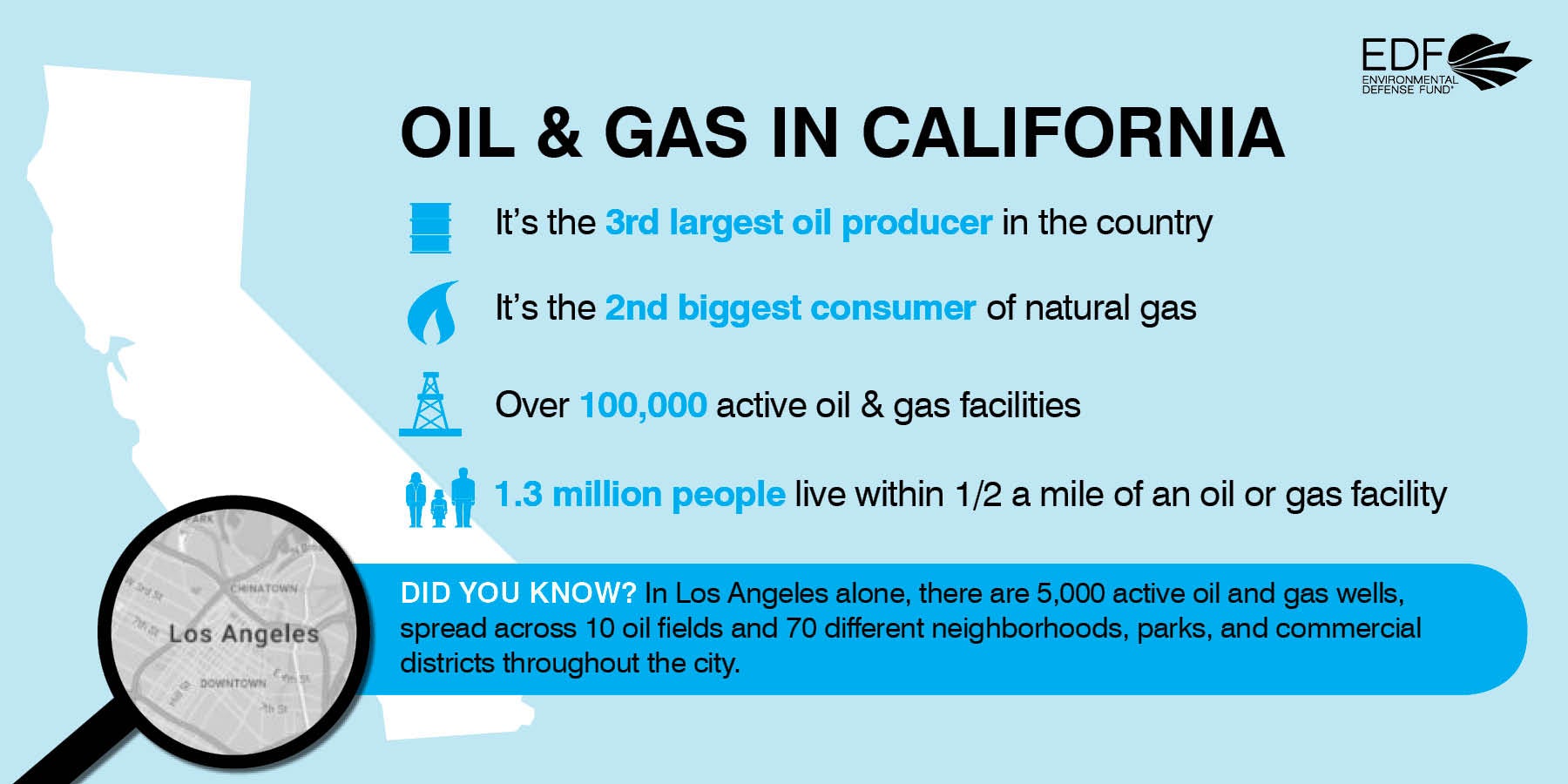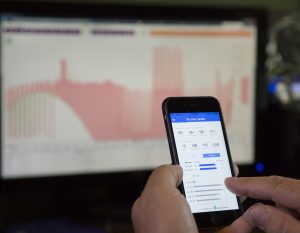 The U.S. electric grid is old and frayed, yet innovative technologies – modern sensors, smart meters, and advanced telecommunications – offer hope to update it to become more modern, efficient, and clean. What all these smart-grid tools have in common is data. How we utilize the enormous quantities of information about how we move and use electricity will have major impacts on markets, customers, the environment, and our future electricity system.
The U.S. electric grid is old and frayed, yet innovative technologies – modern sensors, smart meters, and advanced telecommunications – offer hope to update it to become more modern, efficient, and clean. What all these smart-grid tools have in common is data. How we utilize the enormous quantities of information about how we move and use electricity will have major impacts on markets, customers, the environment, and our future electricity system.
The Illinois Commerce Commission (ICC) recognized this when, in mid-February, they approved an energy data-sharing program for Illinois’ largest electric utility, Commonwealth Edison (ComEd). The program, developed and advanced by Environmental Defense Fund (EDF) and Citizens Utility Board (CUB), allows companies and researchers access to anonymous energy-use data from ComEd’s nearly 4 million smart meters.
This will encourage the development of energy-saving products and services designed to help Illinoisans save money. The data also will allow rooftop solar companies, energy efficiency providers, non-profits, researchers, cities, and other clean energy innovators to see which neighborhoods and blocks have the greatest potential for money-saving clean energy projects ─ ensuring no community is left behind. Moreover, this information will spur new offerings from smart home and appliance manufacturers, energy management specialists, HVAC and lighting companies, as well as market researchers. Read More










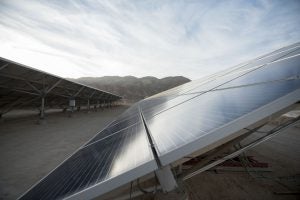 What would a world powered by clean, low-water energy look like? If you visit Israel’s southern region, you don’t have to imagine.
What would a world powered by clean, low-water energy look like? If you visit Israel’s southern region, you don’t have to imagine.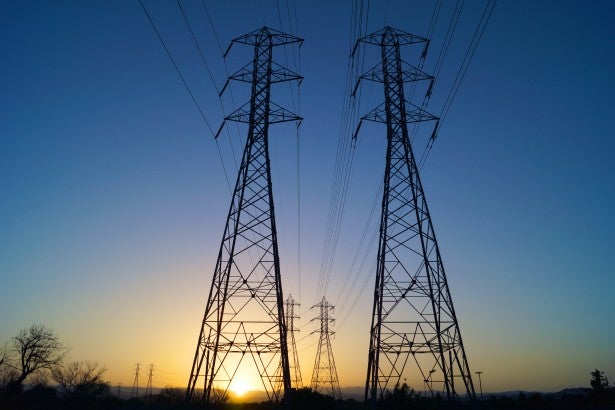
 On a warm December day, I stood in a jojoba field in the Negev Desert in southern Israel and watched water slowly seep up from the ground around the trees. First a tiny spot, then spreading, watering the plants from deep below. This highly efficient system is known as drip irrigation, and I was there to meet with the world’s leading drip irrigation company, Israel-based Netafim.
On a warm December day, I stood in a jojoba field in the Negev Desert in southern Israel and watched water slowly seep up from the ground around the trees. First a tiny spot, then spreading, watering the plants from deep below. This highly efficient system is known as drip irrigation, and I was there to meet with the world’s leading drip irrigation company, Israel-based Netafim.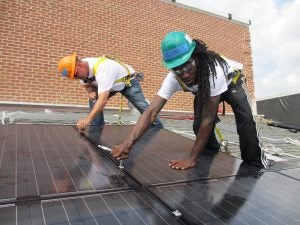 It’s that time again. Texas leaders are meeting in Austin for the 85th Legislative Session and the next five months will be an interesting wrestling match over human rights, voting rights, bathroom rights, and local rights.
It’s that time again. Texas leaders are meeting in Austin for the 85th Legislative Session and the next five months will be an interesting wrestling match over human rights, voting rights, bathroom rights, and local rights.